Back to Courses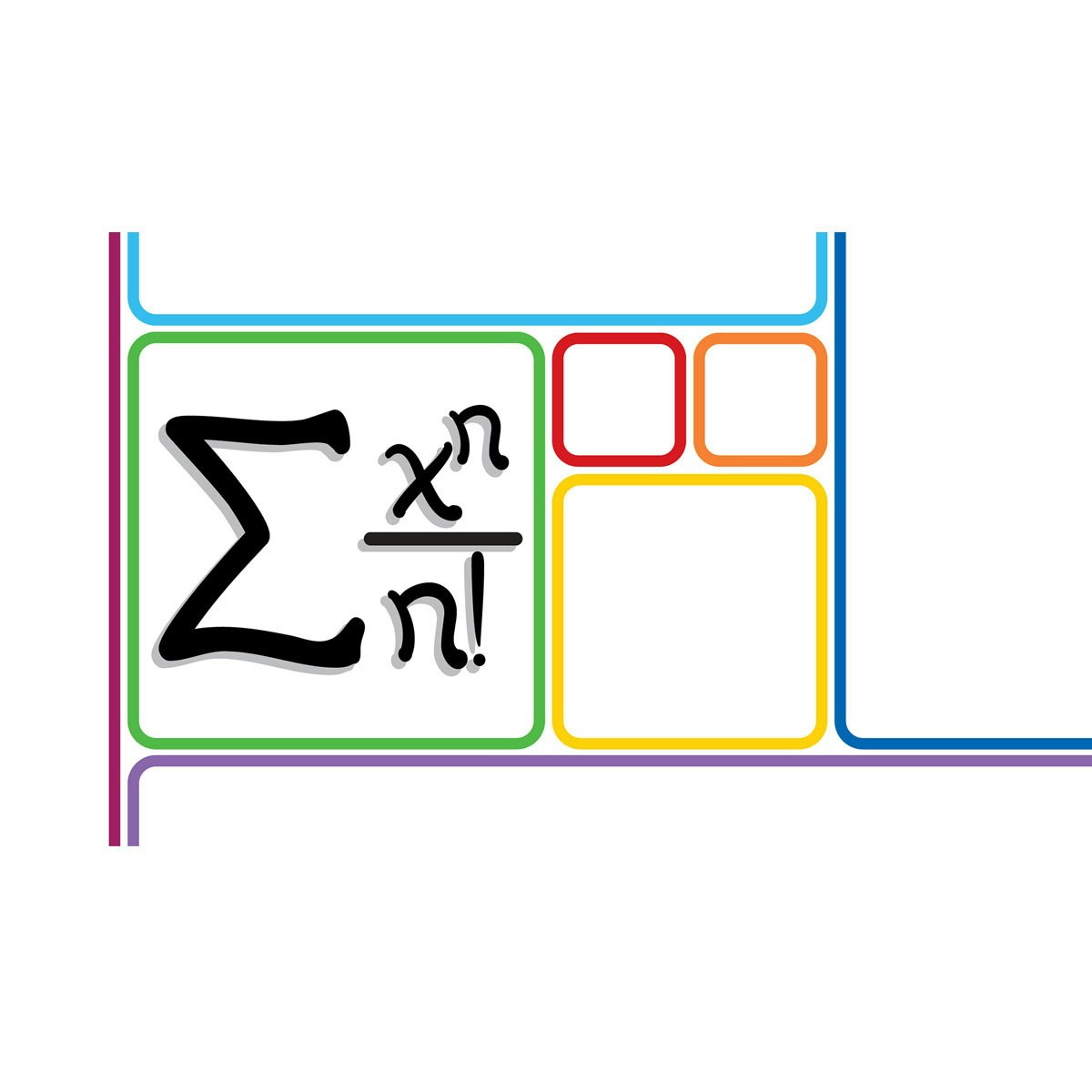

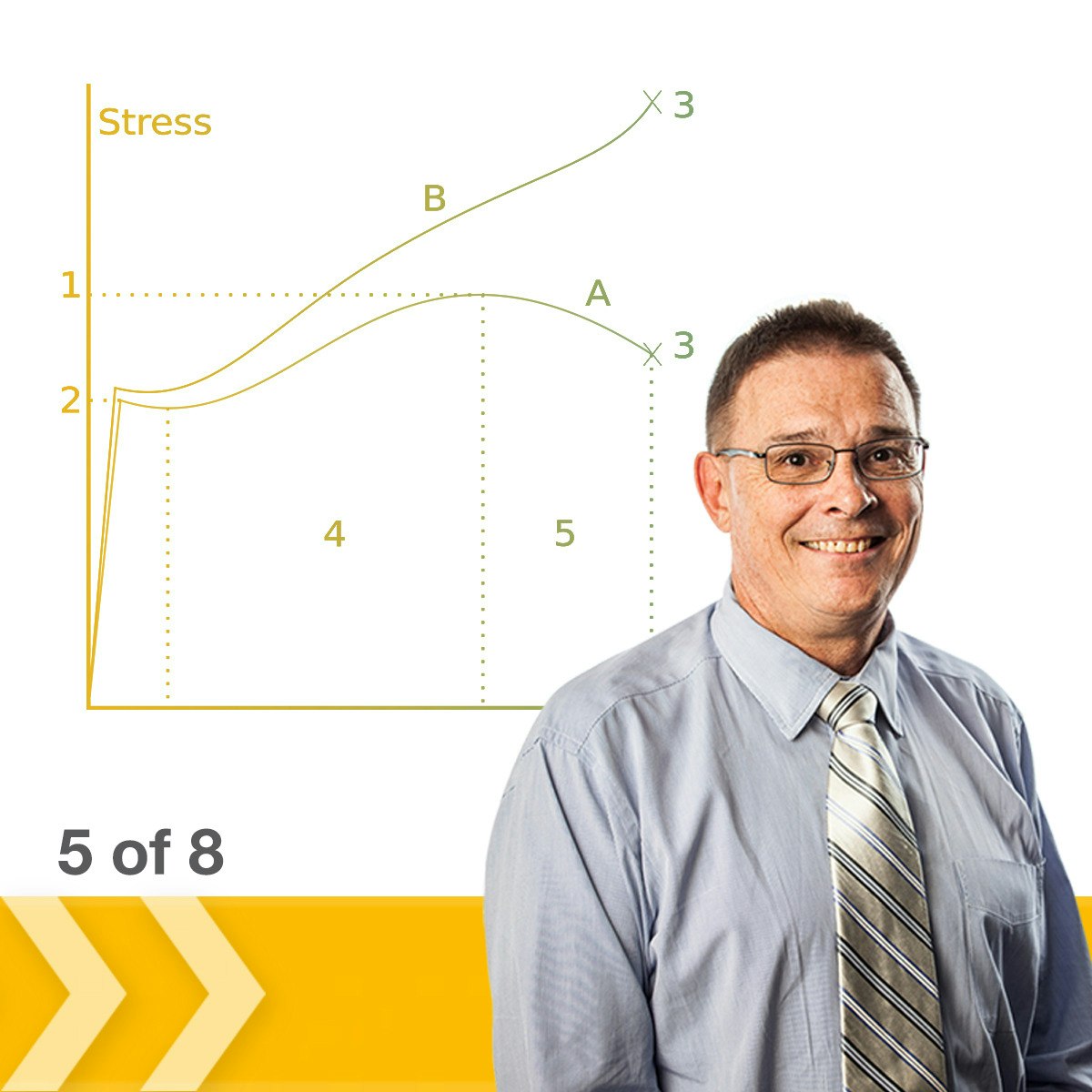
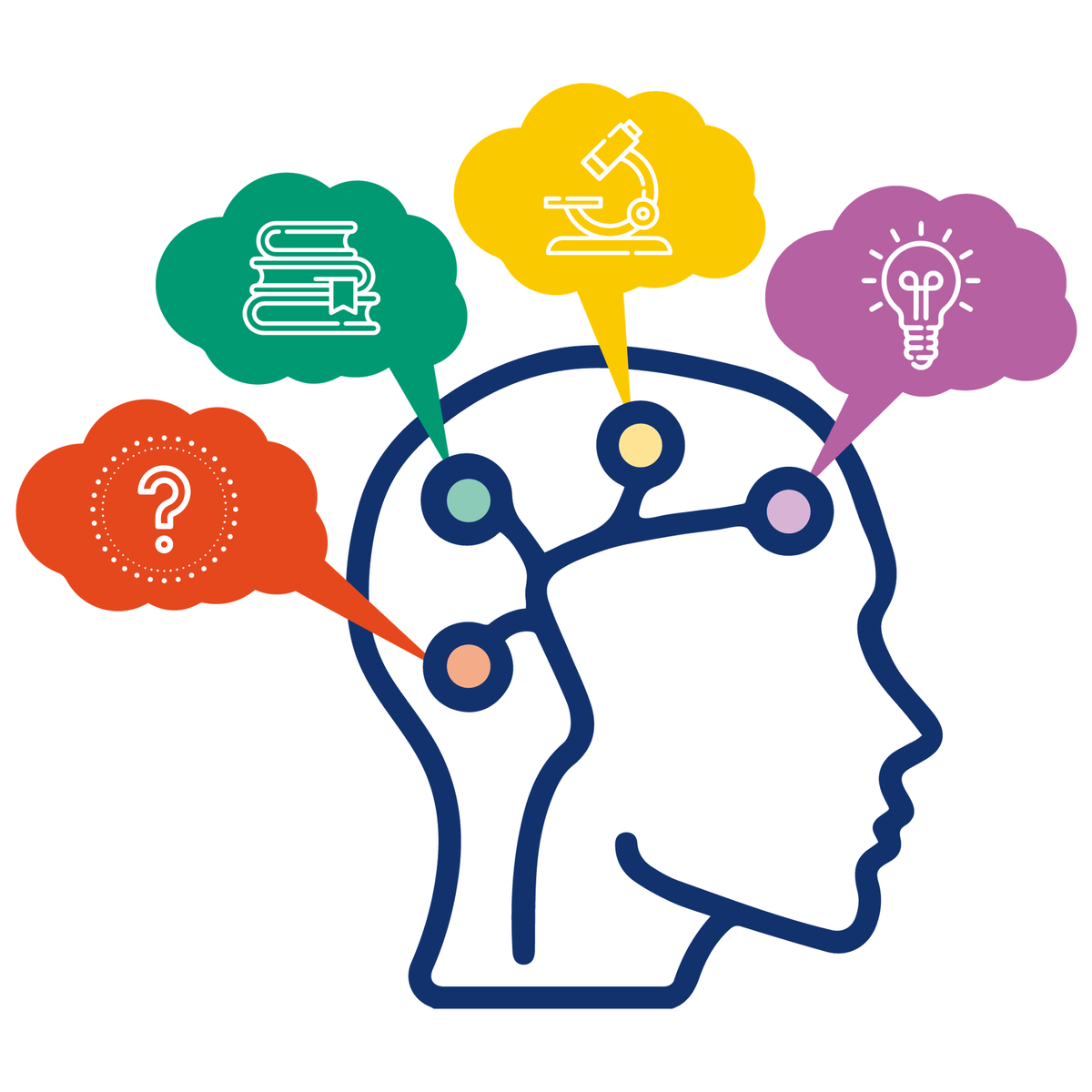
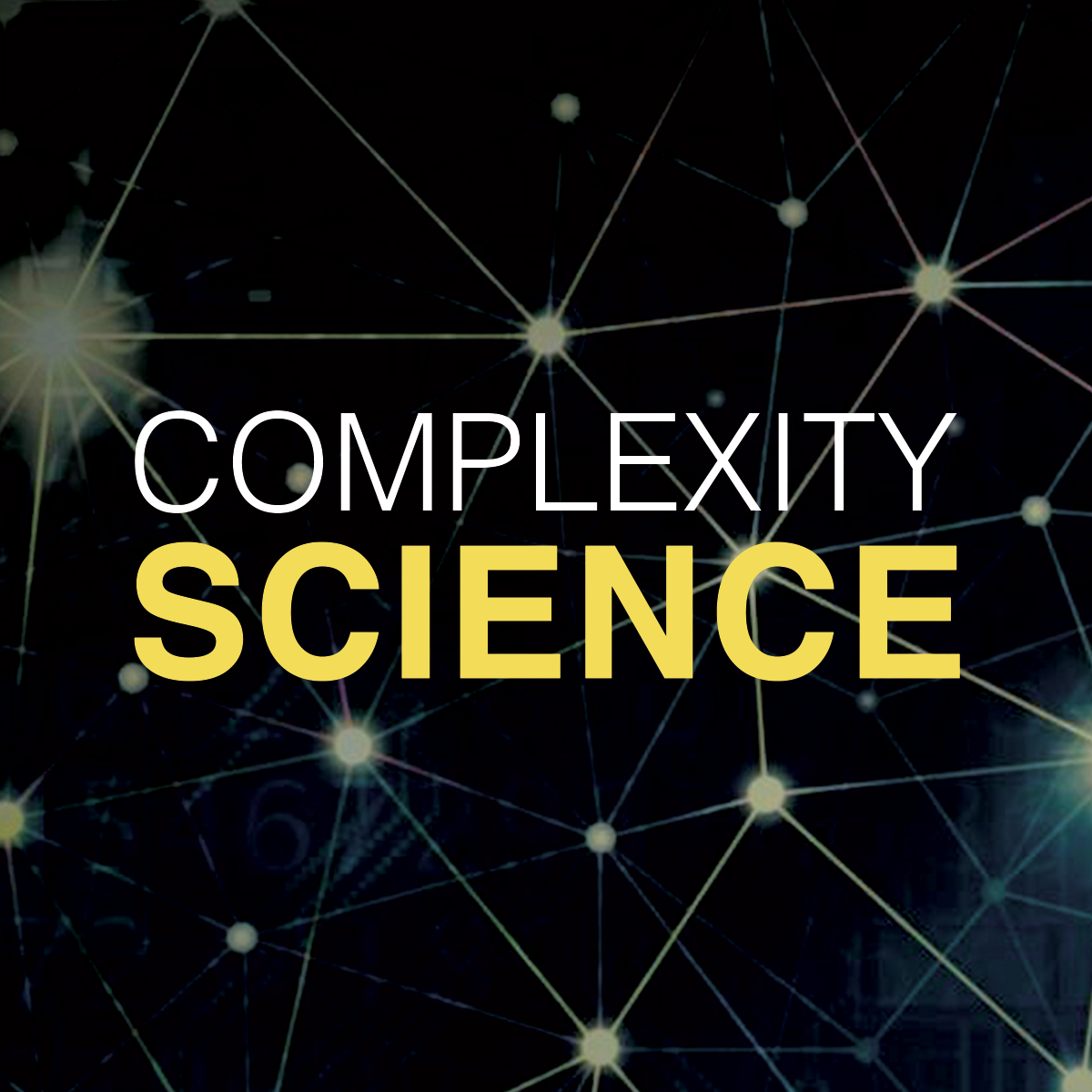

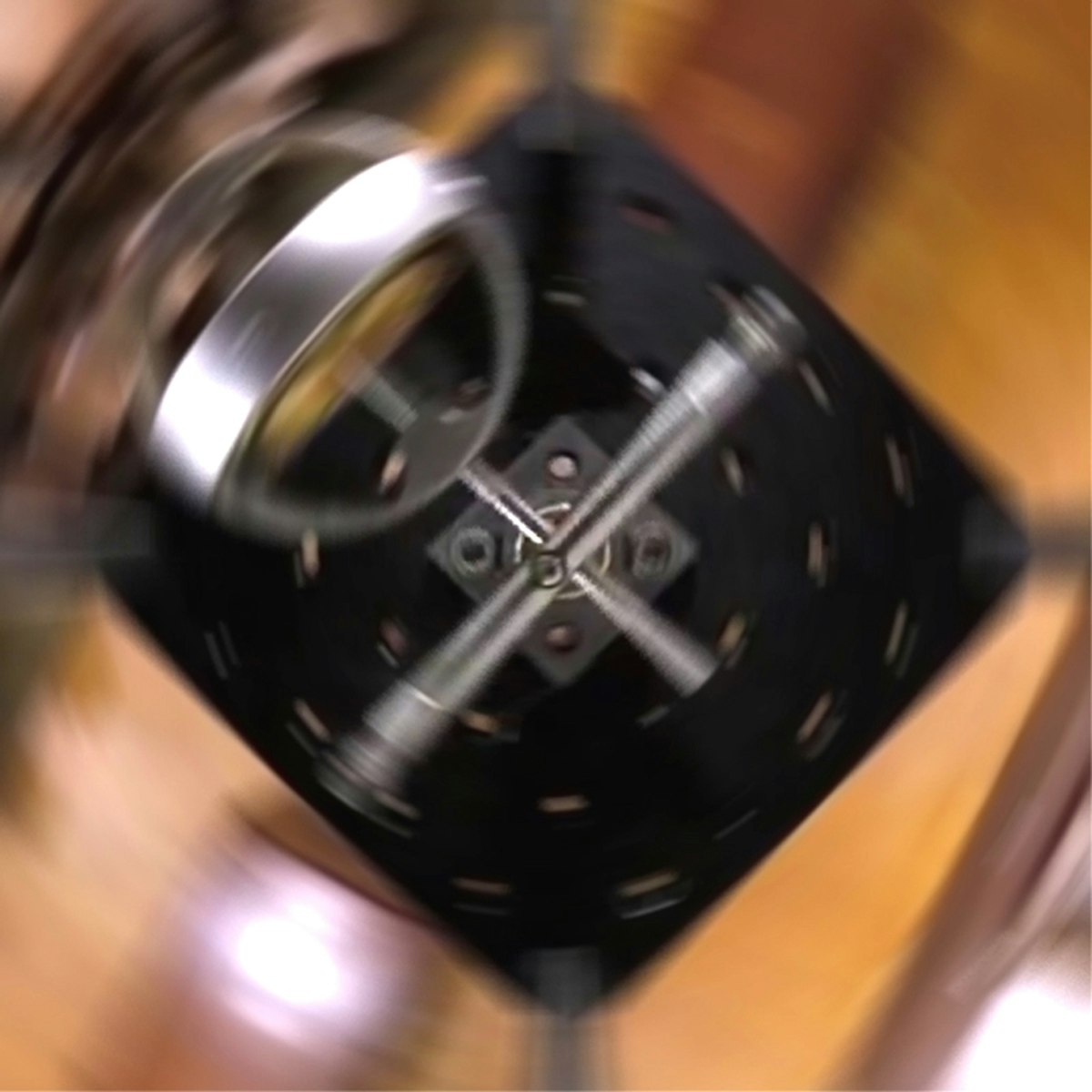

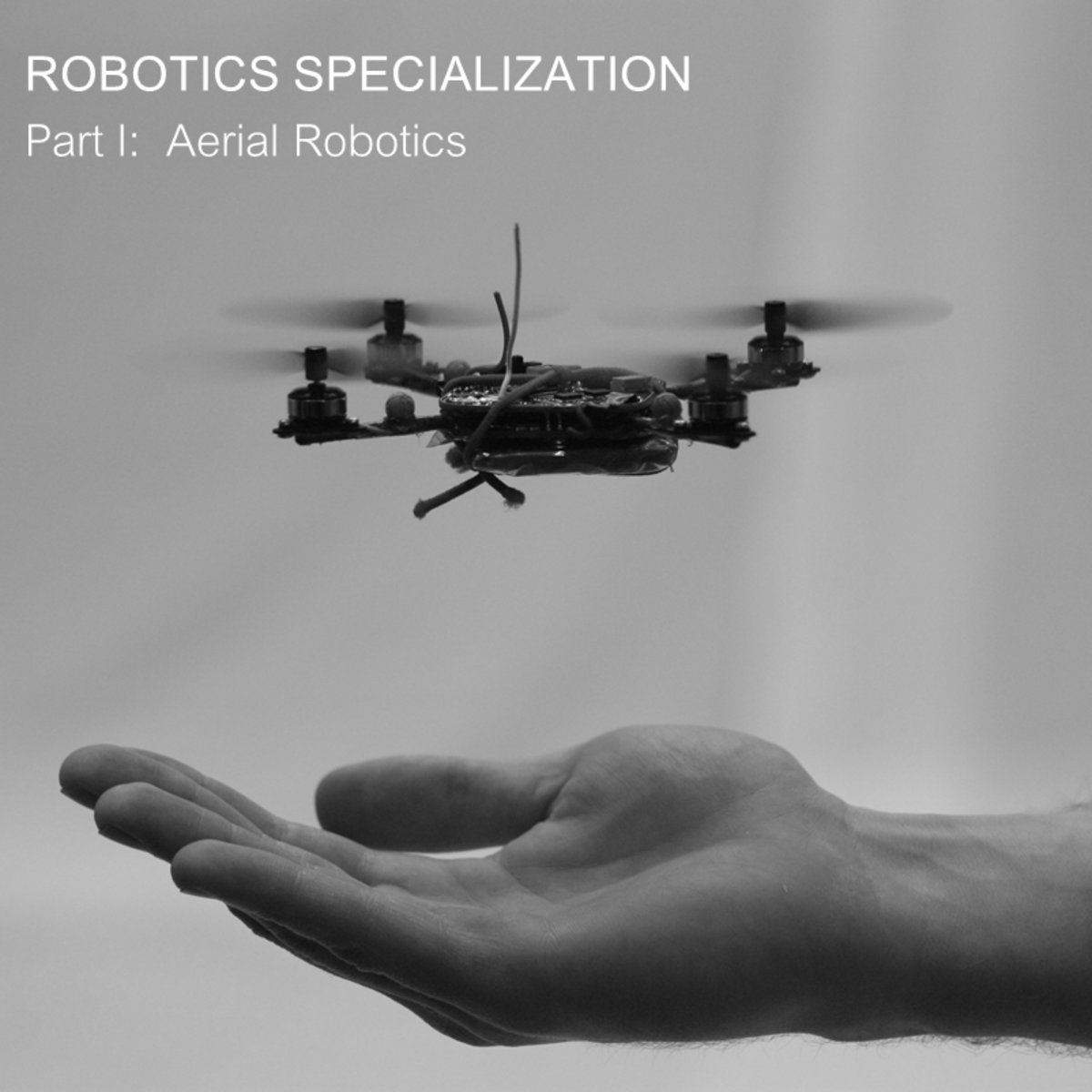

Physical Science And Engineering Courses - Page 19
Showing results 181-190 of 522

Single Variable Calculus
Calculus is one of the grandest achievements of human thought, explaining everything from planetary orbits to the optimal size of a city to the periodicity of a heartbeat. This brisk course covers the core ideas of single-variable Calculus with emphases on conceptual understanding and applications. The course is ideal for students beginning in the engineering, physical, and social sciences. Distinguishing features of the course include: 1) the introduction and use of Taylor series and approximations from the beginning; 2) a novel synthesis of discrete and continuous forms of Calculus; 3) an emphasis on the conceptual over the computational; and 4) a clear, dynamic, unified approach.
In this fifth part--part five of five--we cover a calculus for sequences, numerical methods, series and convergence tests, power and Taylor series, and conclude the course with a final exam. Learners in this course can earn a certificate in the series by signing up for Coursera's verified certificate program and passing the series' final exam.

Modeling and Debugging Embedded Systems
This course can also be taken for academic credit as ECEA 5387, part of CU Boulder’s Master of Science in Electrical Engineering degree.
This is part 3 of the specialization. In this course students will learn :
* About SystemC and how it can be used to create models of cyber-physical systems in order to perform "what-if" scenarios
* About Trimble Engineering's embedded systems for heavy equipment automation
* A deeper understanding of embedded systems in the Automotive and Transportation market segment
* How to debug deeply embedded systems
* About Lauterbach's TRACE32 debugging tools
* How to promote technical ideas within a company
* What can be learned from studying engineering failures

Mechanics of Materials I: Fundamentals of Stress & Strain and Axial Loading
This course explores the topic of solid objects subjected to stress and strain. The methods taught in the course are used to predict the response of engineering structures to various types of loading, and to analyze the vulnerability of these structures to various failure modes. Axial loading with be the focus in this course.
------------------------------
The copyright of all content and materials in this course are owned by either the Georgia Tech Research Corporation or Dr. Wayne Whiteman. By participating in the course or using the content or materials, whether in whole or in part, you agree that you may download and use any content and/or material in this course for your own personal, non-commercial use only in a manner consistent with a student of any academic course. Any other use of the content and materials, including use by other academic universities or entities, is prohibited without express written permission of the Georgia Tech Research Corporation. Interested parties may contact Dr. Wayne Whiteman directly for information regarding the procedure to obtain a non-exclusive license.

Uncertainty and Research
This course teaches the fundamentals of scientific research. We approach the research process as a means of systematically reducing uncertainty and demonstrate how conducting a scientific investigation can be posed as an exercise in Bayesian uncertainty quantification. We begin by exploring the scientific landscape to understand the different types of research, where they are conducted, how they are supported, and why each of these types of research is important. We then formalize scientific inquiry and the scientific method and elaborate the research process and its scientific merits. Basic concepts in probability theory are introduced leading to a conceptually simple presentation of Bayes’ Rule. We then illustrate how Bayes’ Rule provides a mathematical framework for the research process. We place an emphasis on the role that research plays in our daily and professional lives and how research skills can help us think critically, whether you’re in a technical field or not. Exercises are designed to help you improve your research skills and think more scientifically.
Learners who are new to research fields or would like to improve their research skills in any field for career/professional or personal growth are encouraged to enroll. The course is taught at an introductory level such that, by the end of the course, you will be able to formulate a research hypothesis and devise a scientific research plan to test that hypothesis. To be successful in this course, you will need entrance-level college mathematics.

Introduction to Complexity Science
This course explores the features of complexity science. Our world is connected by an abundance of complex systems. Across all levels of organizations from physical, biological world to the social world, we may think of the connectivity between individual elements and how they interact and influence each other. For example, how humans transmit pandemics within a group, how cars interact in the traffic system and how networks connect in governmental organizations. Although these systems are diverse and different, they have surprisingly huge features in common.
In the past several decades, the study of complexity science has been increasing. It is widely acknowledged that an innovative, integrated and analytical way of thinking is essential for understanding the complex issues in the human societies. In this course, we will aim to give everyone a comprehensive introduction of the complex systems, to talk about the resilience, robustness and sustainability of the systems and to learn basic mathematical methods for complex system analysis, for example regime shifts and tipping points, the agent-based modelling, the dynamic and network theories. Most importantly, we will implement the theories into practical applications of cities and health to help students gain practice in complex systems way of thinking.

Financing and Initiating Major Engineering Projects
To successfully lead major projects you have to understand typical investor and project financing approaches. In this course, you’ll learn to interpret some key contractual instruments that are relevant for the financing of major engineering projects so that you are in a position to ensure the financially secure delivery of your project. You’ll explore the concept of “time value of money” and be able to compute key indicators such as “Pay-back time”, “Net Present value” and “Internal Rate of Return”.
You’ll identify common stakeholder and management approaches, and be able to implement key messaging, take accurate requirements and manage expectations.
Through real-life case studies, you’ll identify appropriate best practices related to governance, execution strategies, requirements management, procurement, asset and risk management and organisational design and development for the successful delivery of large engineering projects.
This course explores concepts analysed in the University’s Online MSc in Engineering Management. If you are interested to develop your skills further, take a look at our online degree.

Physics 101 - Rotational Motion and Gravitation
This course serves as an introduction to the physics of rotational motion and gravitation. Upon completion, learners will have an understanding of how mathematical laws and conservation principles describe the motions and interactions of objects all around us. They will gain experience in solving physics problems with tools such as graphical analysis, algebra, vector analysis, and calculus. The course is the third course in the Physics 101 specialization, which follows the typical progression of topics of a first-semester university physics course: Kinematics, Newton’s Laws, Energy, and Momentum. Each of the modules contains reading links to a free textbook, complete video lectures, conceptual quizzes, and a set of homework problems. Once the modules are completed, the course ends with an exam. This comprehensive course is similar in detail and rigor to those taught on-campus. It will thoroughly prepare learners for their upcoming introductory physics courses, or more advanced courses in physics.

Transportation, Sustainable Buildings, Green Construction
This course will include the evaluation of best practices in parking strategies for sustainable cities. Some of the examples include downtown parking policy, understanding the high cost of free parking, the development of parking sheds, managing neighborhood parking, hiding parking lots and other parking strategies and practices. There will also be a case study of the Victoria Canada parking management approach that investigates problems with current work on parking planning and discusses the cost of parking facilities and potential savings from improved management. There will also be an introduction to the use of form-based codes for application to sustainable cities. A variety of building forms such as mid-rise and high-rise buildings, apartment houses, live/work buildings, single-family homes, and row houses will be assessed. A particular emphasis will be on vacant property strategies for equitable and healthy communities. Vacant property strategies for reclamation will be evaluated with an analysis of the revitalization cycle. Green building construction principles will be evaluated in consideration for natural light and ventilation, solar orientation, use of sustainable building materials, energy efficient design and on-site energy generation as well as other considerations. Building architectural design will leverage climate, construction materials, and the culture and history of the area. Architecture choices should have a consistent appearance within the community and provide residential privacy. Other considerations include protection and preservation of historic buildings, use of universal design concepts, careful placement of civic buildings and the appropriate use of subsidized housing.
By the end of this course, you will be able to:
1. Survey and evaluate a variety of parking policies that support sustainable cities and environmental quality.
2. Compare different parking options such as parking sheds, neighborhood parking, parking lot access, permeable parking spaces, and a variety of ways to hide parking lots.
3. Describe the approach that the state of Minnesota used in developing a greenhouse gas reduction plan for their transportation sector.
4. Examine issues of implementing climate – friendly transportation pricing and the concept of “fix it first” transportation policy.
5. Evaluate the concept of form-based codes and their benefits for creating sustainable cities.
6. Assess smart green construction practices such as use of sustainable building materials, on site energy generation, proper solar orientation, and the use of green building standards.
Target Audience
• Government Officials involved planning, designing, monitoring, enforcement, and assessment of sustainable project developments at the local, state, and federal level.
• Private sector companies in the transportation and municipal design and construction business
• Architects interested in advancing sustainable concepts for cities and communities
• Foundations, associations, and other NGOs that support smart growth strategies
• Academic faculty and students studying and researching community sustainability and resilience
• Private citizens interested in improving their communities and living conditions

Robotics: Aerial Robotics
How can we create agile micro aerial vehicles that are able to operate autonomously in cluttered indoor and outdoor environments? You will gain an introduction to the mechanics of flight and the design of quadrotor flying robots and will be able to develop dynamic models, derive controllers, and synthesize planners for operating in three dimensional environments. You will be exposed to the challenges of using noisy sensors for localization and maneuvering in complex, three-dimensional environments. Finally, you will gain insights through seeing real world examples of the possible applications and challenges for the rapidly-growing drone industry.
Mathematical prerequisites: Students taking this course are expected to have some familiarity with linear algebra, single variable calculus, and differential equations.
Programming prerequisites: Some experience programming with MATLAB or Octave is recommended (we will use MATLAB in this course.) MATLAB will require the use of a 64-bit computer.

Geographical Information Systems - Part 1
This course is organized into two parts presenting the theoretical and practical foundations of geographic information systems (GIS).
- Together theses courses constitute an introduction to GIS and require no prior knowledge.
- By following this introduction to GIS you will quickly acquire the basic knowledge required to create spatial databases and produce high-quality maps and cartographic representations.
- This is a practical course and is based on free, open-source software, including QGIS.
If you study or work in the fields of land management or the analysis of geographically distributed objects such as land use planning, biology, public health, ecology, or energy, then this course is for you!
In this first part of the course, we will focus on the digitization and the storage of geodata. In particular, you will learn:
- To characterize spatial objects and/or phenomena (territory modeling) with respect to their position in space (through coordinate systems, projections, and spatial relationships) and according to their intrinsic nature (object/vector mode vs. Image/raster mode);
- About the different means used to acquire spatial data; including direct measurement, georeferencing images, digitization, existing data source, etc.);
- About the different ways in which geodata can be stored - notably, files and relational databases;
- How to use data modeling tools to describe and create a spatial database;
- To query and analyze data using SQL, a common data manipulation language.
The second part of this course will focus on methods of spatial analysis and geodata representation. In this section, you will learn:
- How to describe and quantify the spatial properties of discrete variables, for example through spatial autocorrelation;
- To work with continuous variables. In particular, we will look at sampling strategies, how to construct contour lines and isovalue curves, and we will explore different interpolation methods;
- To use digital elevation models and create their derivative products (i.e. slope, orientation);
- How to evaluate the interaction between different types of geodata through overlay and interaction techniques;
- How to create effective maps based around the rules of graphic semiology;
- Finally, we will also explore other, increasingly common, forms of spatial representation such as interactive web-mapping and 3D representations.
You can find an interactive forum for course participants on our Facebook page: https://www.facebook.com/moocsig
Popular Internships and Jobs by Categories
Find Jobs & Internships
Browse
© 2024 BoostGrad | All rights reserved